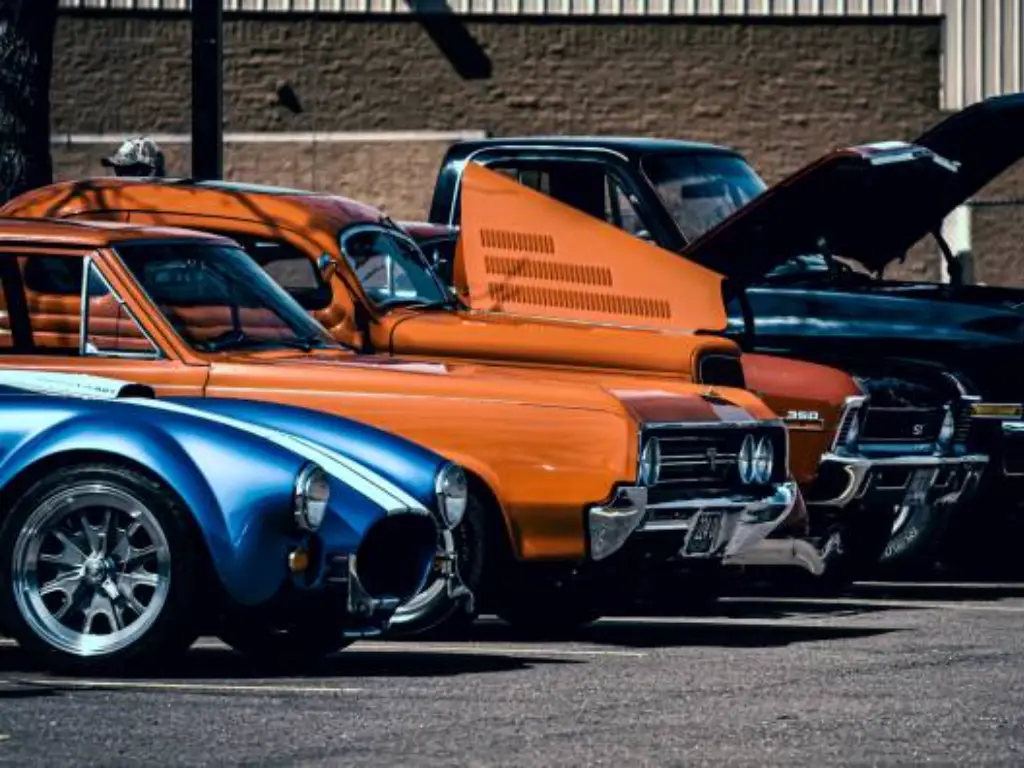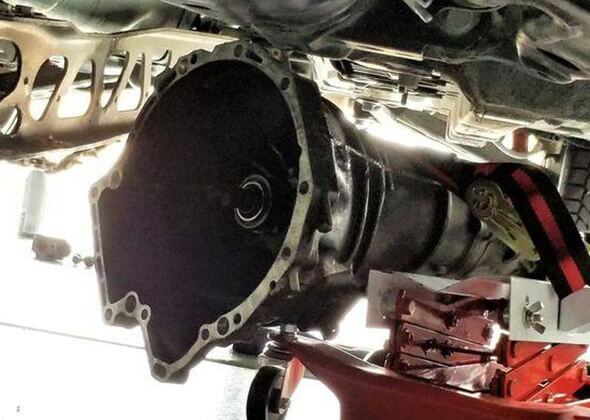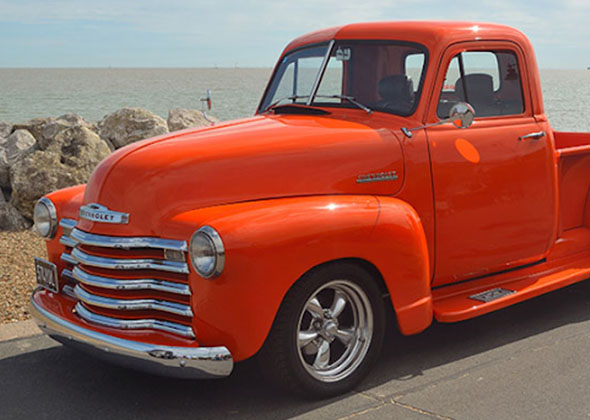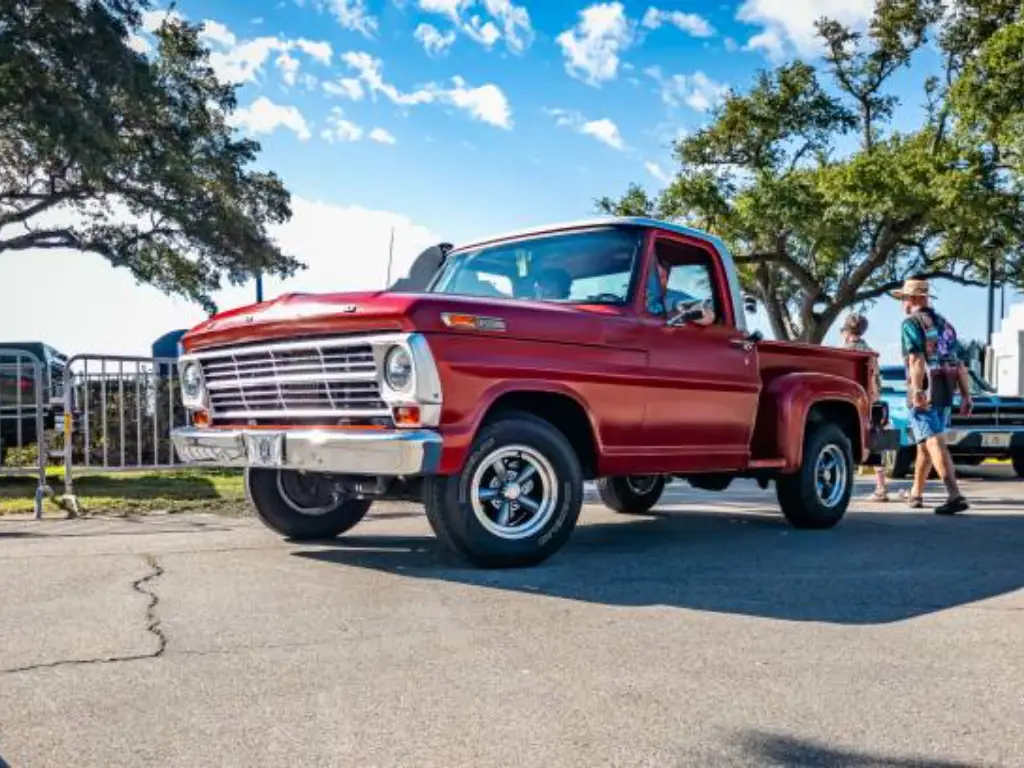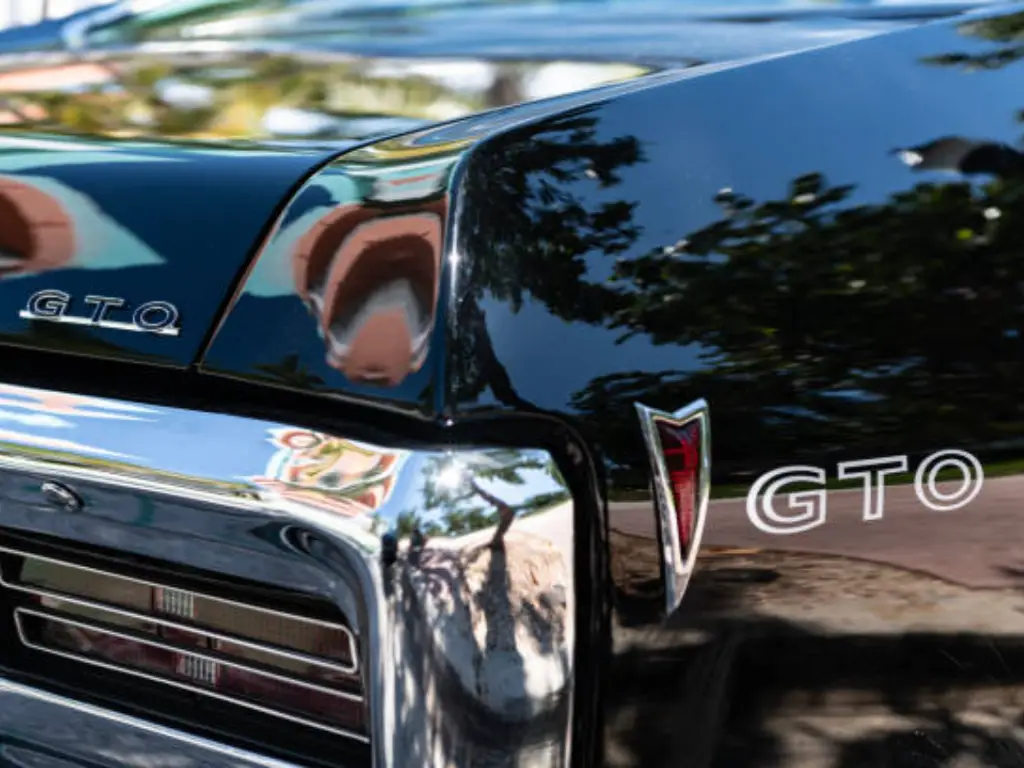
What Makes Pontiac Muscle Cars True Legends?
Horsepower was the currency, and the quarter-mile the battlefield in the golden-era arms race of the classic American muscle cars (1964-1974). But when other brands were dueling, Pontiac was making a legend. Pontiac did not only make fast cars; it made cars with attitude through the efforts of visionaries such as John Z. DeLorean.
It was not just an engine but a Pontiac muscle car. They were the Wide-Track position, the divided grill, the tachometer located in the hood, and the bold advertising that was selling a vision of high-end nonconformity. Competitors were selling brute force, Pontiac was selling a strong performance with street cred and unmatched style. These vehicles were designed to model a combination of powerful engines with the classic muscle car style and made a timeless mark in automotive history.
It is not only a list of the quickest 0-60 times but of impact. It’s concerning the vehicles that defied the regulations, set a niche, and made Pontiac leave a mark in the chrome-plated heart of automotive history. These are the five machines that turned Pontiac into a legend-immediate classics that are still a source of imagination to the car enthusiasts of all places.
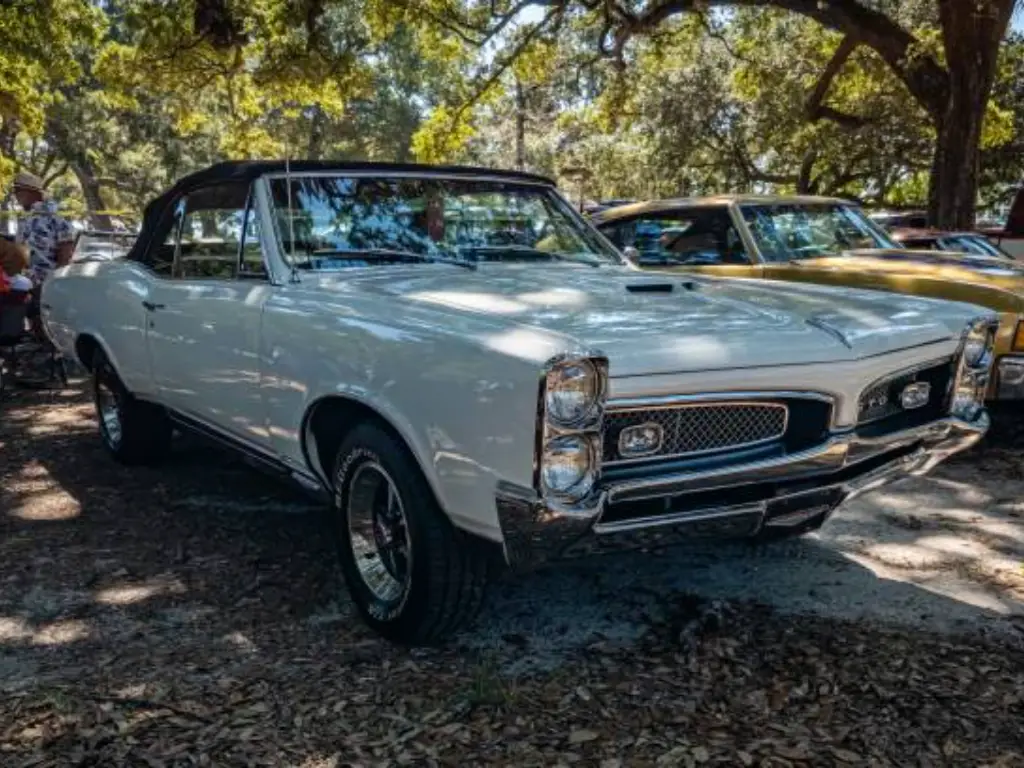
#1. The 1964-1967 Pontiac GTO
The 1964 GTO is thought to be the first muscle car. John Z. DeLorean, an engineer at Pontiac, once discovered a loophole when GM was prohibiting large engines in mid-size vehicles. He introduced the GTO as an options package to the LeMans, which made the 389-cubic-inch V8 of the full-size Catalina to be installed in a lighter A-body chassis.
The 389 V8 was standard with 325 hp, but a legendary combination of three two-barrel carburetors (known as the Tri-Power) produced a notoriously understated 348 hp, which was a sensational figure in 1964. With a four-speed manual, the car and driver magazine managed to clock 0-60 mph in a mind-shattering 4.6 seconds.
The GTO was rapidly advanced: 1965 saw the addition of stacked headlights and a 360 hp Tri-Power option, 1966 the distinctively known muscle car, the coke bottle, body styling, 1967 an improved 400-cubic-inch V8 (which was still rated at 360 hp but now with a more reliable single four-barrel carb), and refinement of the styling. 1968 saw the debut of the high-power 454 cubic inch V8 GTO, which was a low-priced, young-oriented performance package, characterized the epoch of muscle cars, and became one of the immediate classics of its era.
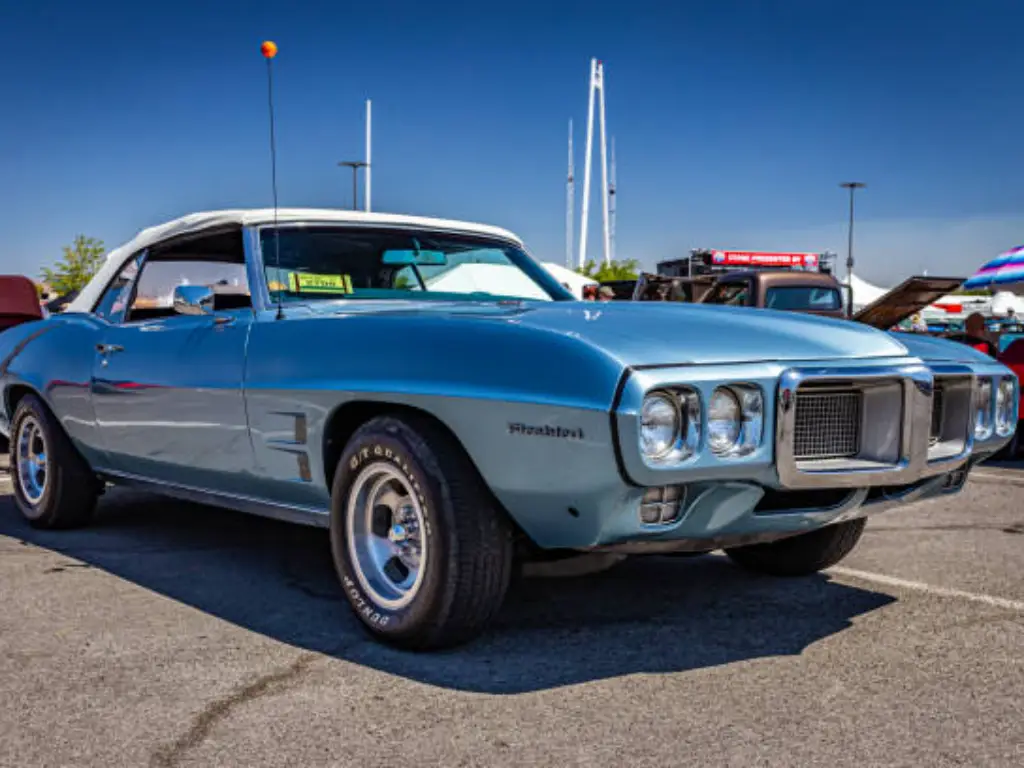
#2. The 1969 Pontiac Firebird Trans Am
In case the segment had been developed by the GTO, the handling of the muscle car was perfected by the 1969 Trans Am. It was a special “Performance and Appearance Package” that homologated the Firebird to do SCCA Trans-Am racing.
It was not just a sticker package. It was a handling-oriented monster that had a tuned suspension, Ram Air hood, and practical aerodynamics, but painted in unique Cameo White with blue stripes. In the hood were two 400-cubic-inch V8S, depending upon the 335 hp Ram Air III engine or the 345 hp Ram Air IV engine. Such numbers were already infamously underestimated, and real performance was rated around 400 hp.
The Trans Am of 1969 is extremely rare. A total of 697 were actually constructed, which includes 689 coupes and only 8 convertibles. The uncommonness of this, as well as its rare combination of brute strength and track-racetrack maneuverability, entails that it remains one of the most sought-after Pontiacs of all time and iconic muscle cars that can still be revered even today. Many people believe it to be one of the immediate classics of the muscle car genre.
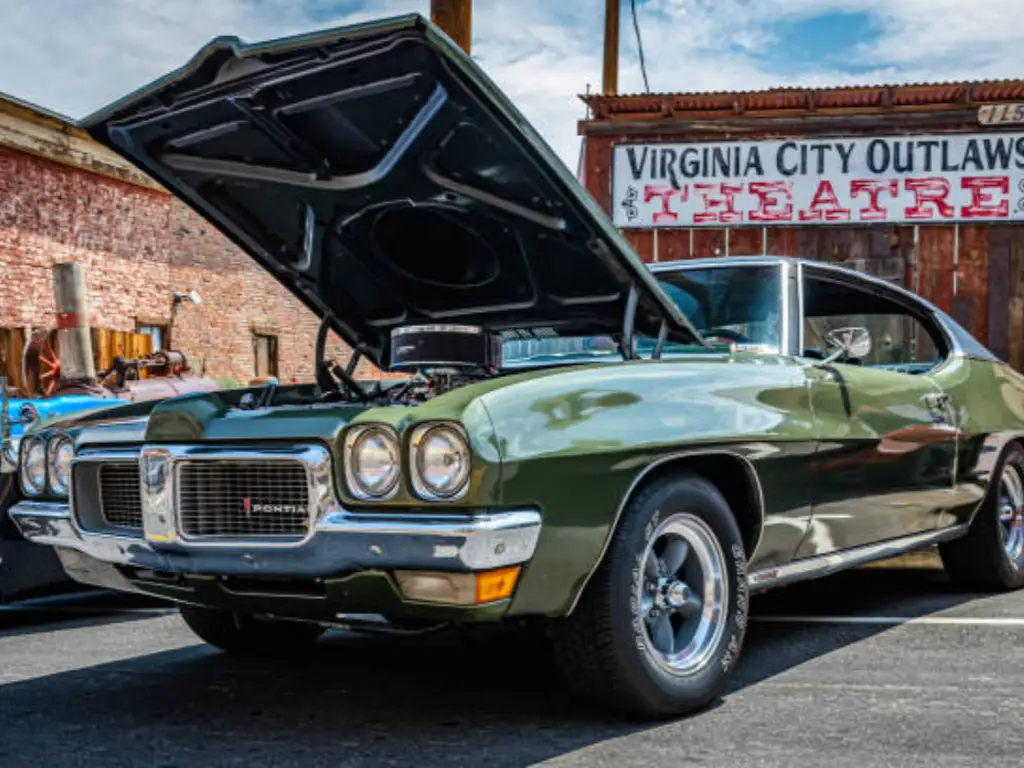
#3. The 1970 Pontiac LeMans T-37
By 1970, the world of muscle cars was evolving. Cars such as the GTO were being surcharged by the insurance companies in huge amounts, and prices were on the increase. The brilliant solution that Pontiac gave was to revert to its origins. LeMans T-37 of 1970 is the spiritual successor to the original T-37 of 1964- the final sleeper.
The LeMans coupe was the entry-level T-37. It was more light and, most importantly, cheaper. It was a pillar-coupe (with a fixed B-pillar), which made the chassis firmer than the pillar-coupe GTO hardtop. The genius part? T-37s could be ordered with any of the high-end Pontiac engines, even the 455 V8, which was undoubtedly monstrous, such as the 330 hp 400 V8.
This took the form of a car that was, by all means and purposes, a GTO in a simple, light wrap. It was not burdened with the high insurance fees of the GTO nameplate, yet performed the same (or better) with lower prices. This was a muscle car for the smart buyer during the muscle car era. It is estimated that fewer than 1,900 T-37 hardtops were made with the 400 V8, so it is considerably rarer than a GTO of the same year. The T-37 embodies the very core of the muscle car formula: peak engine, bare minimum, and an actual forerunner of some of the instant classics that were to come.
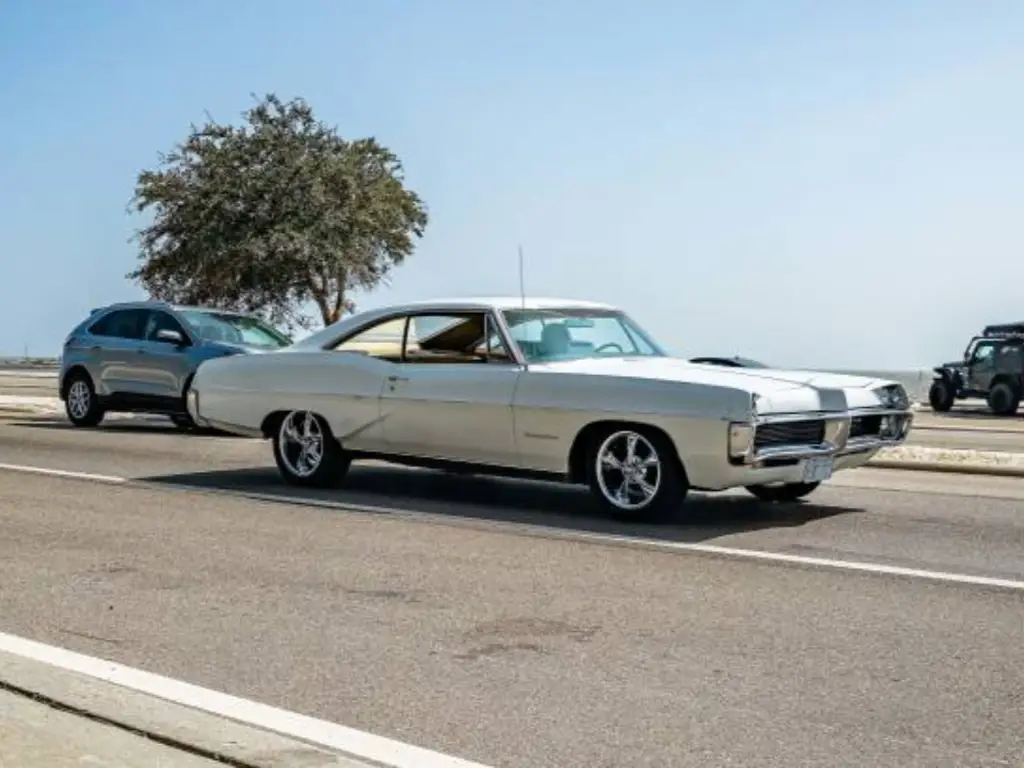
#4. The 1965-1967 Pontiac Catalina 2+2
It was not only the muscles that were used in mid-size cars. Pontiac demonstrated in the mid-60s that even on a full-size, two-ton luxury cruiser, it is possible to have a real threat of performance. The Catalina 2+2 was the Wolf in a fine tailored suit, the Banker 2+2.
The 2+2 initially began as an options package, but it was later successfully made into its own product in 1965 when the whole Pontiac line was named the “Car of the Year” by MotorTrend. The 2+2 came with the most powerful heart, the 421 V8. At its best, this engine had the legendary Tri-Power carburetor system, with an exhausting 376 horsepower and a wrenching 461 lb-ft of torque.
It was not just an engine change. The Catalina was ordered with the 2+2 package, which changed the car. It contained massive suspension, 4 4-speed manual transmission, a high-performance axle at the rear, and minor 2+2 badging.
It was a gigantic automobile, which was designed based on the Pontiac Wide-Track promise, and which was able to out-accelerate Porsches and had 5 grown-ups in it without complaint. Catalina 2+2 is the ultimate gentleman’s express that demonstrated that performance and opulence could be experienced together beautifully.
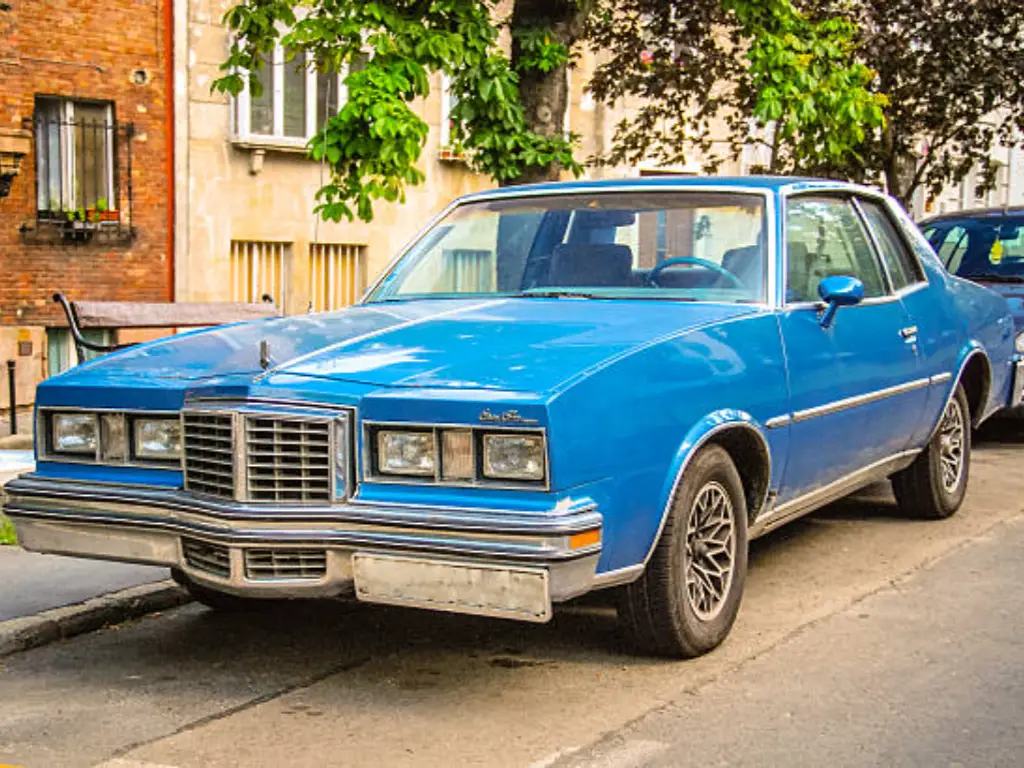
#5. The 1969-1972 Pontiac Grand Prix
The quarter-mile does not characterize all the muscles. A certain one is characterized by pure and unadulterated style. The G-body-based Pontiac Grand Prix, redesigned in 1969, developed the personal luxury segment that would prevail over the 1970s.
The length of the hood was considered to be the longest in the history of cars, and the Grand Prix of 1969 was a masterpiece of design.
The driver-centric, “cockpit” style interior, which encircled the driver, the radio antenna was concealed in the windshield, and the legendary split grille ended in a beak-like, sharp, and finished the V.
But this car was the kind that had the power to support the appearance. It also had a common chassis DNA with the GTO. The standard engine was a 400 V8. However, the one that was acquired was the “Model SJ” which had the mighty 428 V8 (or the 455 V8), generating 370-390 horsepower. This automobile was symbolic, a huge expression of fashion and wealth. It sold in immense quantities, demonstrated that muscle could be sophisticated, and created a design trend that would be followed by the whole industry over ten years.
The Real Challenge: Keeping These 50-Year-Old Legends on the Road
There is one thing admiring such cars in a museum. It is one thing to have the dream; to throw the key, have that V8 roar, and touch the road. But let’s be realistic. These are machines that are more than 50 years old. The problem with the present owner is not only that it is difficult to find one; it is also difficult to retain.
The rubber bushes of that 1969 Trans Am of the so-called handling suspension will have burned to a powder, probably. The weather strips of that GTO are weak. The Catalina, which is two-ton, has survived five decades of physics due to the suspension parts on it. Authentic (New Old Stock) (NOS) parts are so uncommon that they cost a lot, and in the case of rubber and plastic, have also fallen into a worse condition than the parts that they are replacing.
This is the very thorn in the flesh of all classic car enthusiasts, the amateurs and the professional restoration shop alike. What are you supposed to do with a legend whose original elements are falling?
Your Partner in Preservation: Sunway Autoparts
This is where we come in. We are Sunway Autoparts enthusiasts as well. We have mainly been involved in the production of superior classic auto parts since 2007, with a keen concentration on the 1960-1980s models of Pontiac, Ford, Oldsmobile, and Chevrolet, which were the popular cars of the time.
We do not just sell parts; we make solutions. We conduct remanufactured parts, and these are reverse-engineered to match or even exceed the original OEM parts. However, it is the key difference here: we construct them with better modern materials and production technologies.
It implies that a suspension part made by Sunway does not fit like the one; it is stronger and efficient than the part that came off the production line in 1967. We deal with the old part issue by giving the trustworthiness of the present without losing the genuineness of the past.
In the case of Distributors, Wholesalers, and Restoration Shops, we are your trusted upstream ally. We operate sophisticated industrial supply chains, combining hundreds of product lines to offer you reliable inventory, regular quality, and a choice to buy in bulk. By collaborating with Sunway, you would have a reliable and manageable supply of the parts that your customers rely on.
What Are These Classic Pontiacs Worth Today?
A classic Pontiac will be an investment in history. However, it is an investment, and the market may be complicated. Rarity, originality, documentation (PHS Automotive Services must be taken in any serious Pontiac buyer), and, above all, condition depend greatly on values.
A car that has been refurbished with cheap and poorly fitting components will never be valued above a car that has been refurbished with high-quality and dimensionally correct components. There is more to investing in quality parts; it is also about ensuring the long-term value of your asset.
The following is a rough overview of the existing market of our list of models. Please note: The prices are approximated, depending on the market trends in 2024/2025, and can be extremely different.
| Model | Condition #3 (“Good”) | Condition #1 (“Concours”) | Investment Outlook |
| 1964-1967 GTO | $35,000 – $55,000 | $90,000 – $140,000+ | Blue Chip: A cornerstone of the hobby. Tri-Power and 4-speed cars command the highest premiums. |
| 1969 Firebird Trans Am | $100,000 – $140,000 | $200,000 – $250,000+ | Blue Chip (Rare): Extremely high value due to rarity (only 697 made). The 8 convertibles are “price-on-request” assets. |
| 1970 LeMans T-37 | $20,000 – $30,000 | $45,000 – $60,000 | Rising Star: The “sleeper” value. As GTO prices climb, savvy collectors are hunting these. A 455-equipped T-37 is a rare find. |
| 1965-1967 Catalina 2+2 | $18,000 – $28,000 | $50,000 – $75,000 | Stable Growth: A niche but strong market. Full-size cars are gaining respect. The 421 Tri-Power is the one to have. |
| 1969-1972 Grand Prix | $15,000 – $25,000 | $40,000 – $55,000 | Excellent Value: Arguably the most “bang for your buck” on this list. A Model SJ with a 428/455 is a lot of car for the money. |
Conclusion
Pontiac division is dead, but its mythology was written in steel, chrome, and tire smoke. These five cars are the spirit of a brand that lived to be different–a brand that realized that a number is not everything, it is everything. They were not merely sports cars; they were representatives of a generation that admired light-bodied design and unrefined, crude force.
These cars are not mere museum items but the rule-breaking GTO and the high-tech Grand Prix. They are monumental in the American muscle cars, hope, fashion, and engineering. They live and survive in the garages of fanatically minded owners, in the hands of expert restoration workshops, and on the open road where they belong. We are all passionate about it, and we all have a duty to make sure that these legends do not disappear.

